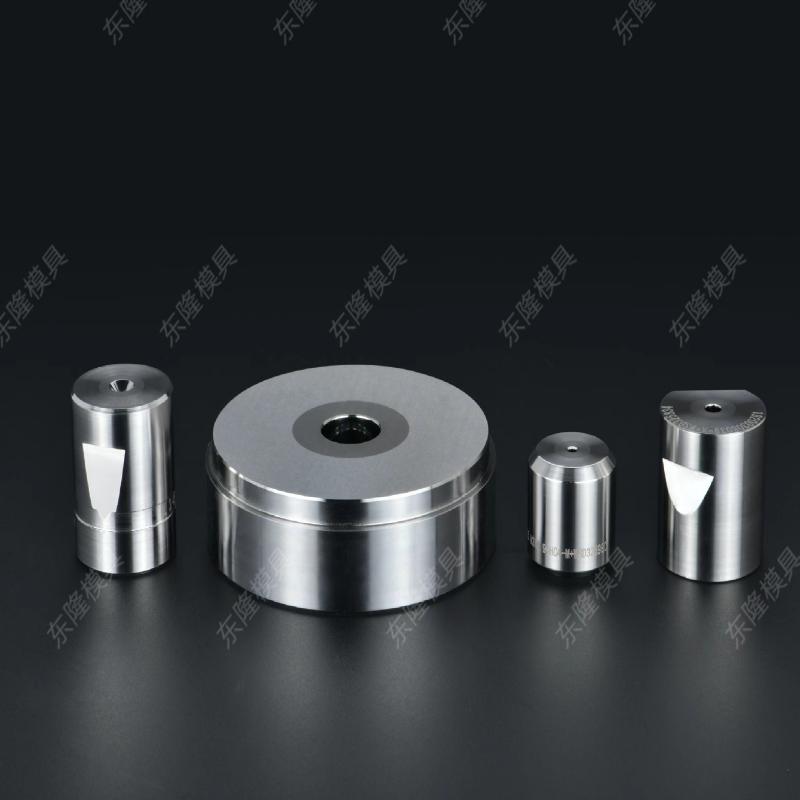Tungsten Carbide die is an essential component in various manufacturing industries due to its exceptional hardness, wear resistance, and high thermal stability. As industries demand greater precision, longevity, and sustainability in production, the Tungsten Carbide Die market is evolving rapidly. This article explores the latest trends and future developments in Tungsten Carbide Die, focusing on global market growth, sustainable manufacturing, smart mold technologies, and high-precision processing.

1. Global Market Growth of Tungsten Carbide Die
The demand for tungsten carbide die is expected to grow significantly, driven by increasing applications in automotive, aerospace, electronics, and metal forming industries. According to market research, the global tungsten carbide die market is projected to expand steadily due to:
Rising industrial automation: Advanced manufacturing processes require durable and high-precision dies to optimize efficiency.
Growing demand for high-strength materials: Industries such as aerospace and automotive are adopting harder materials, making tungsten carbide an ideal choice.
Expanding metal forming and powder metallurgy sectors: The rise in wire drawing, extrusion, and cold forming applications further boosts demand.
2. Sustainability and Eco-Friendly Manufacturing
As environmental concerns grow, the tungsten carbide die industry is shifting toward sustainable production methods. Key developments include:
Recycling and reclaiming carbide materials: Manufacturers are implementing carbide recycling programs to reduce material waste and lower production costs.
Energy-efficient manufacturing processes: New sintering and refining techniques aim to reduce carbon emissions.
Lead-free and environmentally friendly binders: Research is focused on developing tungsten carbide with alternative binding materials, replacing traditional cobalt-based solutions.
3. Smart Mold Technologies: The Rise of Intelligent Tungsten Carbide Die
The integration of Industry 4.0 technologies is transforming the way tungsten carbide dies are designed and used. Advancements include:
IoT-Enabled Monitoring: Real-time tracking of die wear and performance using smart sensors helps prevent unexpected failures.
AI and Predictive Maintenance: Machine learning algorithms analyze data from sensors to predict wear patterns and recommend optimal replacement times.
Automated Die Adjustment: Smart dies with adaptive machining capabilities can self-adjust to maintain precision, reducing downtime and human intervention.
4. High-Precision Processing: Advanced Manufacturing Technologies
The demand for micron-level precision and superior surface finish is increasing across industries such as electronics and medical devices. Key innovations enhancing tungsten carbide die performance include:
Ultra-precision CNC Machining: High-speed grinding and EDM (Electrical Discharge Machining) allow for intricate designs with minimal material loss.
3D Printing of Carbide Components: Additive manufacturing is being explored for complex mold geometries, improving efficiency and customization.
Nanocoatings for Enhanced Durability: Advanced coatings such as TiAlN and DLC (Diamond-Like Carbon) increase wear resistance and reduce friction.
The tungsten carbide die industry is entering a new era of sustainability, smart technology, and precision engineering. As global demand rises, manufacturers are investing in eco-friendly production methods, AI-driven maintenance systems, and next-generation machining techniques. By embracing these innovations, the industry will continue to improve efficiency, reduce costs, and meet the growing need for high-performance tooling solutions.











